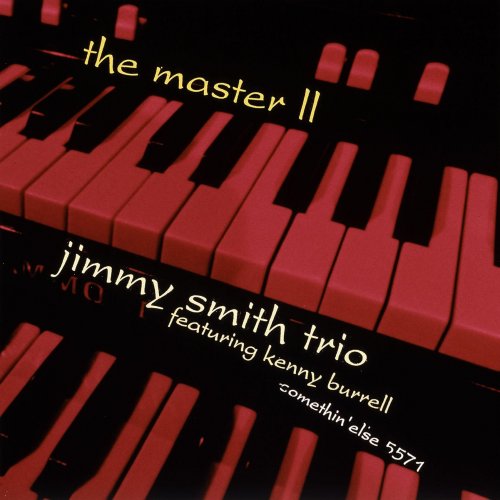Oksana Shymanska - Travessia (2023)
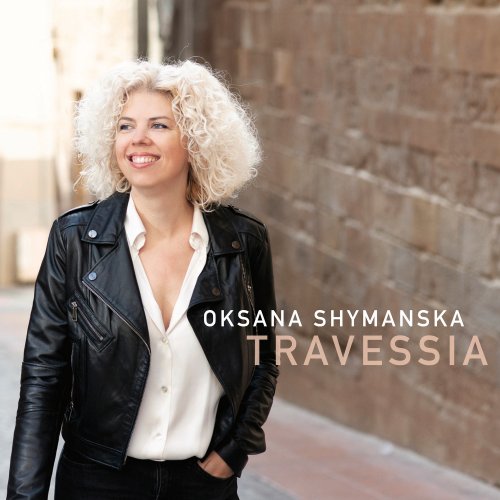
Artist: Oksana Shymanska
Title: Travessia
Year Of Release: 2023
Label: Protomaterial Records
Genre: Classical Piano
Quality: flac lossless (tracks)
Total Time: 01:08:27
Total Size: 224 mb
WebSite: Album Preview
TracklistTitle: Travessia
Year Of Release: 2023
Label: Protomaterial Records
Genre: Classical Piano
Quality: flac lossless (tracks)
Total Time: 01:08:27
Total Size: 224 mb
WebSite: Album Preview
01. Soler: Keyboard Sonata in D Minor, R.15: Allegretto
02. Soler: Keyboard Sonata in D Major, R.84: Allegro
03. Albéniz: "Evocación" from Iberia
04. Albéniz: "El Puerto" from Iberia
05. Albéniz: "El Albaicín" from Iberia
06. Montsalvatge: "Sonatine pour Yvette" - I. Vivo e spiritoso
07. Montsalvatge: "Sonatine pour Yvette" - II. Moderato molto
08. Montsalvatge: "Sonatine pour Yvette" - III. Allegretto
09. Pàmies: "Trencadissa" - I. Amb poca discreció
10. Pàmies: "Trencadissa" - II. Ressonant, amb molta sonoritat
11. Pàmies: "Trencadissa" - III. Amb molta indecisió
12. Pàmies: "Trencadissa" - IV. Molt juganer
13. Pàmies: "Trencadissa" - V. Amb una expressió misteriosa
14. Pàmies: "Trencadissa" - VI. De forma dura, després calmadament i boja
15. Granados: "Escenas románticas" - I. Mazurka: Poco lento con abandono
16. Granados: "Escenas románticas" - I. Recitativo: Lento
17. Granados: "Escenas románticas" - II. Berceuse: Lento
18. Granados: "Escenas románticas" - III. Lento con éxtasis
19. Granados: "Escenas románticas" - IV. Allegretto
20. Granados: "Escenas románticas" - V. Allegro appassionato
21. Granados: "Escenas románticas" - VI. Epilogue: Andantino spianato con exaltación poética
It is an unusually bright afternoon in early March when I am writing these lines, while listening to the debut album by Oksana Shymanska. Joan Arnau Pàmies from Protomaterial Records just sent it to me; it was recorded not long ago at the Auditori Municipal Enric Granados in Lleida. I celebrate it because it represents the culmination of a process that began when Oksana arrived in Catalonia from her native Ukraine. It is also the result of a professional wish: to record an album that comprises all those years of studies of Iberian piano music which she experienced at the prestigious Marshall Academy in Barcelona under the tutelage of Carlota Garriga.
It was precisely at this academy where, a few years back, I had the opportunity to listen to Oksana for the first time. Even then one could appreciate the essence of what you will perceive in this recording, a firm performative character, extroverted, with broad expression, subtle, and crystalline sound.
As the title of the album itself announces, we are about to start a journey (travessia) through the music of composers born in the four Catalan provinces during different eras in the history of music, from the 18th century to the present day. This album is a token of Oksana’s deep love for a country that is already hers, because she has become its adopted daughter.
The historical journey begins with Father Antoni Soler (1729-1783). Born in Olot, he joined the Escolania de Montserrat at the age of six. Later, he worked as a master of chapel of the Cathedrals of Lleida and Urgell. Shortly afterwards, he entered the Jerónimos order as an organist at the monastery of San Lorenzo del Escorial where in 1757 —the year of Domenico Scarlatti's death— he became master of chapel. Soler held this position until his death in 1783. His extensive production of works for the keyboard, consisting mainly of sonatas, is widely performed today. Most of his preserved scores have reached us in handwritten copies, although not always by the hand of the author, which makes it almost impossible to date them precisely. The parallels with Domenico Scarlatti’s sonatas are another leitmotif, though the modulations used by Father Soler are more daring while phrasing is more symmetrical. Most of the sonatas follow binary structures, with the exception of some from the later ones, which are divided into two or even four movements. Another aspect that differentiates him from Scarlatti, who originally wrote his pieces for harpsichord, is that Father Soler had organs, harpsichords, and pianofortes at his disposal, although the instrumentation for these sonatas is not specified. Oksana offers us her own view of the Sonatas in D Minor and D Major, which are examples of the composer’s most known works and allow for an approach in terms of articulation and ornamentation typical of the baroque era.
Interestingly, Lleida-born Enric Granados (1867-1916), a driving force behind the performative principles that still shape the education at the Marshall Academy, always showed great interest in these elements of 18th century musical rhetoric, which he later used in various works of his own, such as the Escenas románticas of 1904. Undoubtedly, it is one of the most inspired and personal cycles of the author and in some aspects already anticipates the pianistic culmination of the Goyescas suite. In addition to the baroque-inspired ornamentation, which we have already mentioned, this work brings together other basic elements of Granados’s aesthetic, such as his deep esteem for composers such as Schumann and Chopin, as well as all the Alhambra-inspired sound perfume of Spanish popular roots, always steeped in sentiment, lyricism, and even an ardent contained expression. It is known that during those last years, the Escenas was one of the works that he performed the most in his recitals. Granados dedicated it to Maria Oliveró, one of his students at the Academy, which he had just founded in 1901.
Granados had studied piano at the Academy of pianist Joan Baptista Pujol (1835-1898) in Barcelona. When he took his final exam there as a teenager, among the members of the board was Isaac Albéniz (1860-1909), born in Camprodon, but who during his life had the opportunity to travel to different places in Spain, Cuba, Puerto Rico, Belgium, France, England, Germany... Unlike Granados, Albéniz’s music shows less romanticism and more Alhambra-inspired music, thus following the advice we know that his composition teacher, Felip Pedrell (1841-1922), gave to his student: that is, to always use music inspired by their own roots and not to copy that of others. Albéniz covered different genres such as opera and song, where stylistic eclecticism is constant. In contrast, in piano music, the aforementioned Alhambra-inspired style remained until his final works. Among them, we find his most resounding and demanding contribution, the Iberia suite, a collection of 12 sound portraits, mostly Andalusian except for one dedicated to Madrid, on which he worked between 1905 and 1909. Albéniz was living in Paris at the time, but spent summers in Tiana (El Maresme, Catalonia), where he surely completed much of the work. We know that he wrote it thinking of the extraordinary ability of his friend, pianist Joaquim Malats (1872-1912). Despite this, it was the French pianist Blanche Selva (1884-1942) who premiered it, and who frequented Barcelona, where she even opened a piano academy in 1924.
Being able to play Albéniz’s Iberia is a real milestone, but now we must continue tracing Oksana’s own journey. Time passes and the sunny day gradually gives way to the contemplative serenity of the evening.
Thusly, we arrive at the second half of the 20th century with the music of Xavier Montsalvatge (1912-2002). Born in Girona, in his creative path he captured different influences, from the world of the habanera to his beloved Maurice Ravel, passing through his curiosity for Miles Davis or the creative crisis generated by having to respond to the atonal and experimental avant-garde of the 60s and 70s. Oksana proposes what for many is the most charismatic work for solo piano that he left for us, the Sonatine pour Yvette, composed in 1960 and dedicated to his newborn daughter who gives it its name. The various references to children’s melodies that we hear in the three movements reinforce this connection. Montsalvatge had promised the pianist Gonzalo Soriano that he would premiere his Concierto breve for piano and orchestra, but it was finally Alicia de Larrocha who did it. This is the reason the composer sought reconciliation with the disgruntled pianist by dedicating this sonatina to him, which Soriano himself premiered on November 5, 1962 in a concert at the Fortuny Theater in Reus.
Speaking of Reus, it is in this city where the composer of the most recent work on the album, Joan Arnau Pàmies, was born in 1988. Trencadissa is the first work of his catalog. Despite having written and premiered two works for violin and piano, and orchestra and piano previously, Trencadissa could be considered Pàmies’s first rigorous compositional attempt. He wrote it in the summer of 2006, when he was 18 years old, during a period of composition and harmony lessons with Enric Riu. The work is a set of miniatures for piano, with clear influences from the music of Arnold Schoenberg, Anton Webern, and Robert Gerhard. Through the six pieces, Trencadissa introduces an aesthetic based on the development of a motif that aims to suggest the sound of breaking glass. The premiere was given by American pianist Asher Severini in 2007 at the New England Conservatory in Boston, Massachusetts, where Pàmies studied composition at the university level.
With the end of the album, night has fallen. After this journey through the beautiful performances of Oksana, it occurs to me that Trencadís (broken tile mosaics) could have also been a good title for the album. Even Territori de memòria (Territory of Memory)... but Travessia reflects the spirit behind this album that crosses Catalan composers from different periods and regions with the same musical and vital experience as Oksana. All of the above makes this album a journey through the soul.
![Jazzrausch Bigband & Bergson Artists - For Heaven's Sake (2025) [Hi-Res] Jazzrausch Bigband & Bergson Artists - For Heaven's Sake (2025) [Hi-Res]](https://www.dibpic.com/uploads/posts/2025-10/1761790683_w5f2h3r3r8ksa_600.jpg)
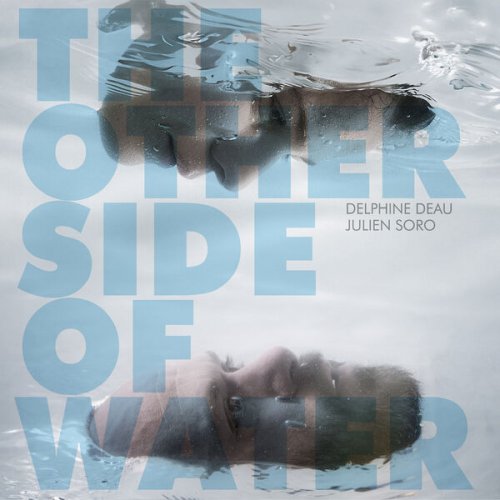
![Hannah Stokes - Right Where I Belong (2025) [Hi-Res] Hannah Stokes - Right Where I Belong (2025) [Hi-Res]](https://www.dibpic.com/uploads/posts/2025-10/1761666350_a3054177716_10.jpg)
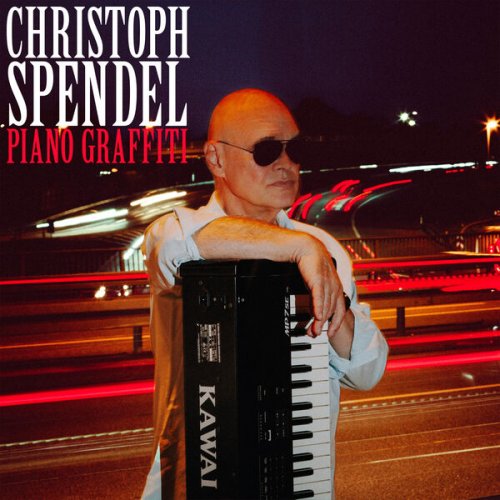
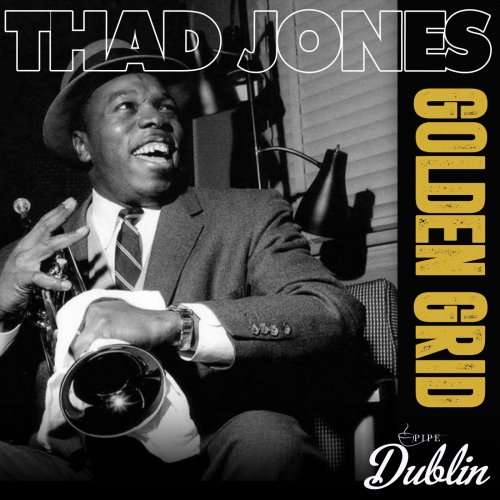
![岡村トモ子 - MAKKA (2025) [Hi-Res] 岡村トモ子 - MAKKA (2025) [Hi-Res]](https://img.israbox.com/img/2025-10/28/0r9gmzbwztlt4agqm39q5wtrx.jpg)
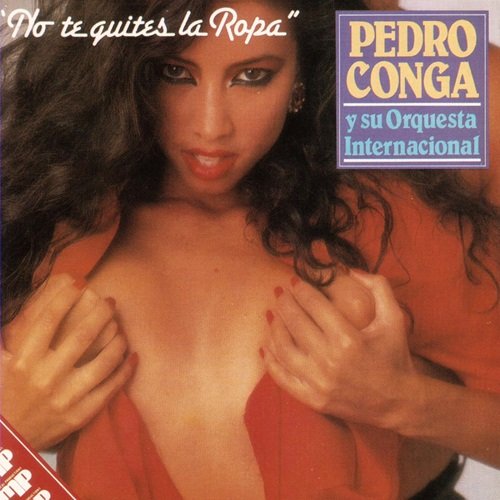
![Emma Rawicz - Inkyra (2025) [Hi-Res] Emma Rawicz - Inkyra (2025) [Hi-Res]](https://www.dibpic.com/uploads/posts/2025-10/1761654484_folder.jpg)
